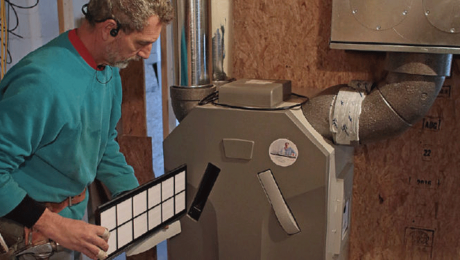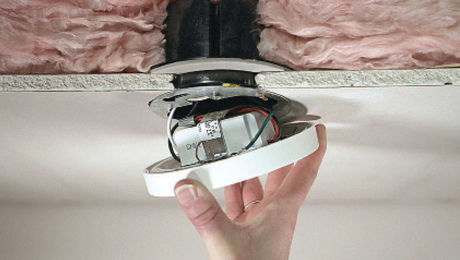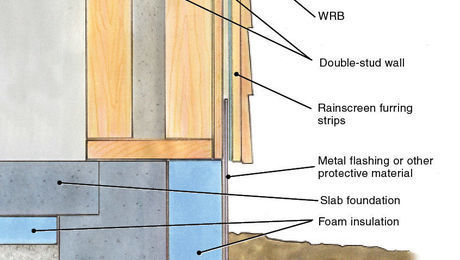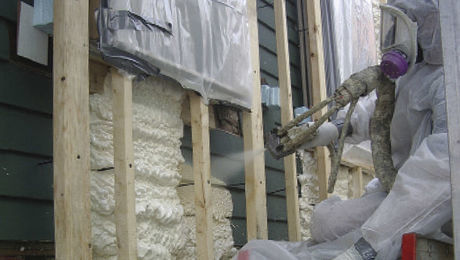Ridding an Old House of Radon
Step one: consult a certified radon-mitigation contractor.
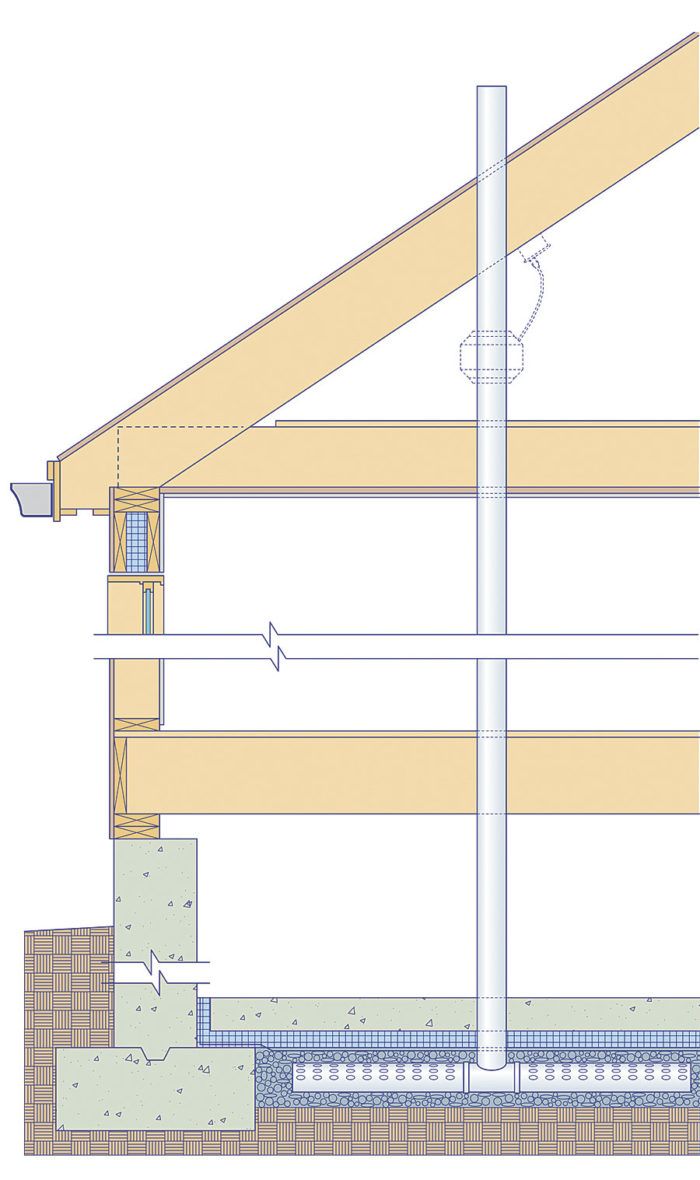
The basement in my 1860 colonial recently tested positive for radon. Because of the stone foundation, subslab vents are unlikely to remedy the problem. I want to eliminate the stack effect from the basement, but the floors above are hardwood without any subfloor. Would an ERV (energy-recovery ventilator) and closed-cell spray foam applied to the mudsill, the rim joist, and the underside of the flooring be a good way to address the problem?
— Keven Mehrk, East Greenwich, R.I.
Martin Holladay: If you haven’t done it yet, I recommend that you consult a certified radon-mitigation contractor. I’m not certified, but I don’t think your plan is likely to solve the problem.
The stack effect is powerful. The spray foam you intend to install is unlikely to prevent basement air from being drawn into your house via the stack effect because there are many cracks and pathways that are difficult to seal. In addition, your stone walls are in contact with the soil. As long as those walls remain unparged (or unsealed with closed-cell spray foam), radon is likely to enter your basement through them.
My guess is that a solution to your problem will include installing an air barrier over your stone walls (either cement-based plaster or closed-cell spray foam) in combination with a subslab depressurization system. A certified contractor is the best one to give you advice.
